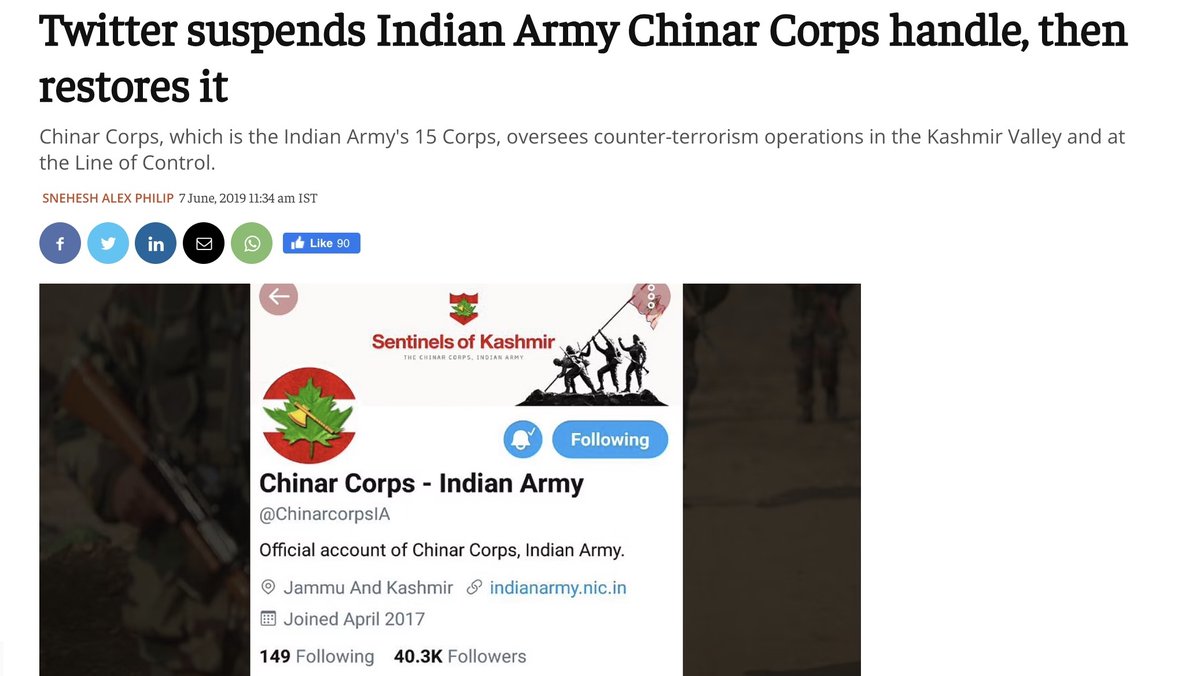

- STANFORD INTERNET OBSERVATORY SOFTWARE
- STANFORD INTERNET OBSERVATORY TV
- STANFORD INTERNET OBSERVATORY FREE
All we know about Secondary Infektion is that it originates in Russia - we can’t say that it’s attributed to the Russian government - but their MO is to create these fake profiles.

These accounts were spreading narratives that Ukrainian refugees had committed hundreds of crimes in Poland, and that these Ukraine refugees were organizing fights with Poland - which didn’t really make that much sense.Īnother tactic that we’re seeing is this network called Secondary Infektion. Instagram suspended a network of accounts that were pretending to be Polish news outlets. One thing that we’ve seen is the use of fake news outlets. What methods do people spreading disinformation use to get their story out? was funding a bio lab in Ukraine - but they’re claiming it was this nefarious thing where they were trying to create bioweapons, which is not true.Īll the false flag allegations that Ukraine did something to somehow trigger the Russian invasion, those are brand new stories that are being made up for this particular moment in time. made that allegation in many different countries over the years. There’s this narrative going around that the U.S. Some of the narratives we’ve seen are recycled and some of them are brand new. Tell me more about the kind of false information you’ve been seeing around the invasion. A tweet from an account with a stolen profile picture sharing a forged document supposedly from a Ukrainian gay rights group. But I’m still scared that something could slip through the cracks and change people’s minds about what’s happening on the ground. A pro-Kremlin false flag allegation will come out and within 12 hours someone on Twitter will have geolocated the video and show that the video was from before the invasion. It’s just been really incredible to watch. One of the reasons that they’re not taking off is because the media and disinformation researcher community is just so on top of things. But you could imagine a scenario where that kind of thing was effective, so we need to be alert. Apparently, the audio and the video were really janky so people saw it, and they were like, “What? This isn’t like Zelensky.” Also Zelensky countered it very quickly.
STANFORD INTERNET OBSERVATORY TV
For example, maybe you heard that a Ukrainian TV station was hacked, and they broadcast a deep fake video of Zelensky saying that Ukraine was surrendering. Shelby Grossman: I think it’s important to take it seriously, but I also think it’s important to not overstate its effect. J.: How dangerous is disinformation about the war in Ukraine and the Russian invasion? This interview has been condensed and edited. about false stories concerning Ukraine being put online to muddy the waters, sow dissension and present false information as fact. Grossman, whose work focuses on political disinformation online, recently spoke to J. The Internet Observatory was set up in 2019 as a resource for policymakers and produces publicly available data and reports they can use to understand and stay ahead of online trends around disinformation. The nonpartisan research, teaching and policy group, a program of Stanford University’s Cyber Policy Center, is dedicated to uncovering and studying false information online, from “fake news” on TikTok to the creation of whole news sites dedicated to spreading untruths.
STANFORD INTERNET OBSERVATORY FREE
The research I've been involved with has been published in journals and conference proceedings including: PNAS, Proceedings of the ACM: Human-Computer Interaction, Proceedings of the International AAAI Conference on Weblogs and Social Media (ICWSM), Behavior Analysis: Research and Practice, and Proceedings of the Web Conference (Feel free to drop me a line at if you'd like to get in touch or talk about a project or idea.Shelby Grossman spends her days on the internet studying disinformation campaigns as a research scholar at the Stanford Internet Observatory. Prior to that, I worked with research psychologist Robert Epstein at the American Institute for Behavioral Research and Technology ( AIBRT). Before coming to Stanford, I completed my PhD in Network Science at Northeastern University, and was lucky to be advised by Christo Wilson, a computer scientist, and David Lazer, a political scientist. Currently, I am a postdoctoral fellow at the Stanford Internet Observatory.
STANFORD INTERNET OBSERVATORY SOFTWARE
I design experiments and software to study the ways in which humans and algorithms interact in digital spaces, especially as they pertain to information seeking.


 0 kommentar(er)
0 kommentar(er)
